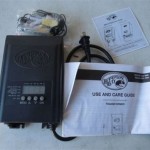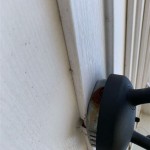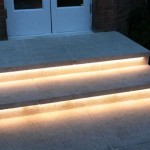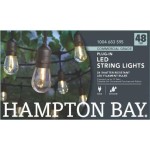How Do You Waterproof Painted Wood Outdoors?
Outdoor wooden structures are susceptible to the elements, including rain, humidity, and ultraviolet (UV) radiation. These factors can cause the wood to rot, warp, and deteriorate over time. To protect your outdoor painted wood from the elements, waterproofing is essential. Waterproofing not only extends the lifespan of the wood but also enhances its aesthetic appeal. This article provides a comprehensive guide to waterproofing painted wood outdoors, encompassing key steps and techniques.
1. Prepare the Surface
Before applying any waterproofing products, it is crucial to prepare the surface thoroughly. This involves cleaning the wood to remove dirt, grime, mildew, and any loose paint. High-pressure washing can be an effective method for cleaning, but ensure the pressure is low enough to avoid damaging the wood. After cleaning, allow the wood to dry completely. Inspect the painted surface for any signs of peeling, cracking, or blistering. If any such damage is present, it must be addressed before waterproofing. This may involve sanding down the damaged area, applying a wood filler, and repainting. Once the surface is clean and dry, it is ready for waterproofing.
2. Choose the Right Waterproofing Product
There are various waterproofing products available, each with its specific properties and applications. The following are some common options for waterproofing painted wood outdoors:
- Water-based sealants: These sealants are environmentally friendly and easy to apply. They are often suitable for light-duty waterproofing and can be used on both new and previously painted wood. However, they may not be as durable as other options in harsh environments.
- Oil-based sealants: Oil-based sealants provide a more durable and water-resistant finish. They are generally more suitable for high-traffic areas and demanding weather conditions. However, they may take longer to dry and have a stronger odor than water-based sealants.
- Polyurethane coatings: Polyurethane coatings are known for their exceptional durability and resistance to UV radiation. They offer excellent protection against moisture and can withstand harsh weather conditions. However, they can be more expensive than other options.
- Epoxy coatings: Epoxy coatings are highly durable and waterproof but are typically used for commercial and industrial applications. They are often used for marine applications and provide excellent resistance to chemicals and abrasion.
The best waterproofing product for your application will depend on the specific requirements of the project, the type of wood, and the environmental conditions. It is recommended to consult with a professional for expert advice on product selection.
3. Apply the Waterproofing Product
Once you have chosen the right waterproofing product, it is essential to apply it correctly. The application method will vary depending on the product you are using. Follow the manufacturer's instructions carefully. Typically, you will need to apply multiple coats of the sealant or coating. Allow each coat to dry completely before applying the next coat. Ensure that the sealant is evenly applied to all surfaces, including the edges and corners. If you are using a brush or roller, make sure to avoid leaving any streaks or drips. For best results, apply the waterproofing product in thin coats. Thick coats can take longer to dry and may crack or peel.
4. Maintenance
After applying the waterproofing product, regular maintenance is essential to ensure its effectiveness. This includes inspecting the wood for any signs of damage, such as cracks, peeling, or blisters. If any damage is found, it should be repaired promptly. The frequency of maintenance will depend on the specific waterproofing product and the environmental conditions. In general, it is recommended to reapply the waterproofing sealant every 1-2 years to ensure ongoing protection.
Waterproofing painted wood outdoors is essential for extending its lifespan and preserving its aesthetic appeal. By following these steps, you can effectively protect your outdoor wooden structures from the elements and ensure their longevity. Consult with a professional for expert advice on product selection and application techniques if needed.

How To Waterproof Wood With Oil Sealant Or Stain And Sealer Bob Vila

How To Waterproof Wood With Oil Sealant Or Stain And Sealer Bob Vila

Waterproof Wood Learn How To Make Nerolac

Emperor Paint How To Waterproof Outdoor Wood

How To Waterproof Wood With Oil Sealant Or Stain And Sealer Bob Vila

Waterproof Wood Learn How To Make Nerolac

How To Waterproof Wood 3 Ways

How To Waterproof Wood With Oil Sealant Or Stain And Sealer Bob Vila

How To Waterproof Your Wood Deck True Value

Waterproof Wood Learn How To Make Nerolac
Related Posts







